Home>Furniture & Design>Interior Design Trends>Why Is My Gecko Trying To Climb The Glass
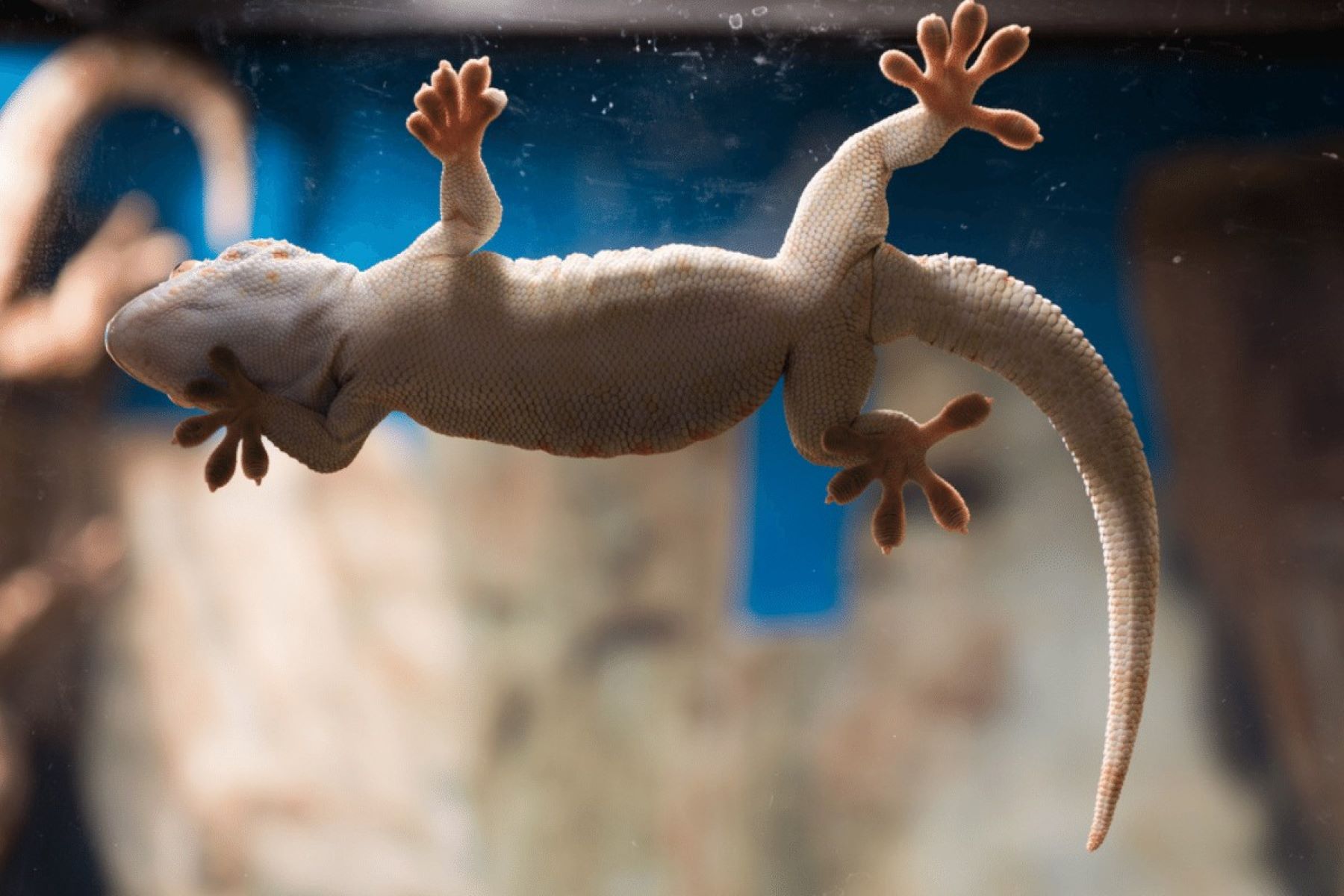

Interior Design Trends
Why Is My Gecko Trying To Climb The Glass
Published: February 7, 2024
Discover the latest interior design trends and find out why your gecko may be trying to climb the glass. Learn more about creating a comfortable and stimulating environment for your pet.
(Many of the links in this article redirect to a specific reviewed product. Your purchase of these products through affiliate links helps to generate commission for Storables.com, at no extra cost. Learn more)
Introduction
Geckos are fascinating creatures that captivate the hearts of many reptile enthusiasts. These small lizards are known for their unique ability to climb walls and even traverse across ceilings with ease. However, as a gecko owner, you may have noticed your pet attempting to scale the glass walls of its enclosure. This behavior can be puzzling and may leave you wondering about the reasons behind it.
Understanding why your gecko is trying to climb the glass is crucial for providing the best care and environment for your pet. In this article, we will delve into the natural behavior of geckos, explore the possible reasons for their glass-climbing tendencies, and discuss effective ways to address this behavior. By gaining insight into your gecko's actions, you can ensure that they are thriving in a suitable habitat and enjoying a high quality of life.
Geckos are known for their inquisitive nature and agility, which often leads them to explore their surroundings in various ways. However, when this behavior manifests as repeated attempts to climb the glass walls of their enclosure, it may indicate an underlying issue that needs attention. As responsible pet owners, it is our duty to decipher the motivations behind such behavior and take appropriate measures to promote our gecko's well-being.
In the following sections, we will unravel the mystery behind your gecko's glass-climbing antics and provide valuable insights into addressing this behavior effectively. By gaining a deeper understanding of your gecko's actions, you can foster a harmonious and enriching environment that supports their natural instincts while ensuring their physical and psychological needs are met. Let's embark on this enlightening journey to uncover the secrets of your gecko's behavior and enhance your bond with these remarkable reptiles.
Key Takeaways:
- Gecko climbing glass is natural, but it may indicate curiosity, seeking warmth, hunting, or stress. Understanding their behavior helps create a happy and healthy environment for geckos.
- To address glass-climbing, provide enriching habitat, hiding spots, proper temperature, interactive feeding, and monitor behavior. Creating a supportive environment promotes natural behaviors and reduces stress for geckos.
Read more: Why Is My Beardie Glass Surfing
Natural behavior of geckos
Geckos, with their endearing charm and distinctive features, exhibit a range of fascinating behaviors that are deeply rooted in their natural instincts. Understanding these innate tendencies is essential for providing optimal care and creating a conducive environment for these captivating reptiles.
Geckos are renowned for their exceptional climbing abilities, which are attributed to specialized toe pads that enable them to adhere to various surfaces, including glass, with remarkable agility. This remarkable adaptation allows geckos to explore their surroundings, seek out potential prey, and evade predators in their natural habitat. Their adeptness at scaling vertical surfaces is a testament to their evolutionary prowess and serves as a defining characteristic of these captivating creatures.
In addition to their climbing prowess, geckos are also known for their nocturnal behavior, preferring to be active during the night when they embark on foraging expeditions and engage in social interactions. This crepuscular nature is a key aspect of their behavioral repertoire, influencing their feeding patterns, thermoregulation, and overall activity levels. By embracing their nocturnal tendencies, gecko owners can create an environment that aligns with their pets' natural rhythms, fostering a sense of security and comfort.
Furthermore, geckos are inherently curious creatures, often displaying inquisitive behaviors as they investigate their surroundings and interact with environmental stimuli. This innate curiosity drives them to explore their enclosures, examine new objects, and engage in exploratory behaviors that are essential for their cognitive stimulation and overall well-being. By providing enriching and dynamic habitats, gecko owners can cater to their pets' inquisitive nature, offering opportunities for mental stimulation and physical activity.
Moreover, geckos are known for their territorial instincts, which manifest in various forms of communication and interaction with conspecifics. Understanding the nuances of their territorial behavior is crucial for creating harmonious living conditions in multi-gecko setups and ensuring that each individual feels secure within their designated space.
By recognizing and appreciating the natural behavior of geckos, owners can cultivate an environment that honors their pets' intrinsic traits, fostering a sense of well-being and contentment. Embracing these innate behaviors not only enriches the lives of geckos but also deepens the bond between owners and their captivating reptilian companions.
Possible reasons for climbing the glass
-
Exploration and Curiosity: Geckos are naturally curious creatures, driven by an innate desire to explore their surroundings. Climbing the glass may be a manifestation of their inquisitive nature, as they seek to gain a vantage point and survey their environment. This behavior allows them to satisfy their curiosity and engage in visual reconnaissance, enabling them to assess their surroundings from a different perspective.
-
Thermoregulation: Glass surfaces can retain heat, especially when positioned near a heat source or under direct light. Geckos may be drawn to the warmth radiating from the glass, using it as a means of thermoregulation to maintain their optimal body temperature. This behavior is particularly evident in cooler environments or during periods of low ambient temperature, as geckos seek out heat-conductive surfaces to regulate their body heat.
-
Hunting and Foraging: In the wild, geckos are adept hunters, preying on small insects and invertebrates. Climbing the glass may be a strategic hunting behavior, as geckos scan the enclosure for potential prey or investigate the presence of insects on the exterior surface. This natural hunting instinct drives them to explore different vantage points, including the glass walls, in search of food sources.
-
Territorial Behavior: In some cases, glass-climbing behavior may be linked to territorial instincts, especially in multi-gecko setups. Dominant individuals may assert their territorial boundaries by climbing the glass and displaying territorial behaviors, such as tail waving or vocalizations, to communicate their dominance and defend their perceived territory.
-
Stress or Discomfort: Geckos may exhibit glass-climbing as a response to stress or discomfort within their enclosure. Factors such as inadequate hiding spots, suboptimal temperature gradients, or environmental disturbances can induce stress in geckos, prompting them to seek refuge or escape perceived threats by climbing the glass walls.
-
Social Interaction: In multi-gecko environments, glass-climbing behavior can serve as a means of social interaction and communication. Geckos may engage in visual displays and territorial posturing through glass-climbing, establishing social hierarchies and communicating with conspecifics in neighboring enclosures.
Understanding the potential reasons behind your gecko's glass-climbing behavior is essential for addressing their needs and promoting their well-being. By recognizing the underlying motivations driving this behavior, you can implement targeted strategies to create a supportive and enriching environment that caters to your gecko's natural instincts and behavioral repertoire.
Provide more climbing opportunities in the enclosure, such as branches and rocks, to satisfy your gecko’s natural instincts and prevent excessive glass climbing.
How to address the issue
Addressing your gecko's glass-climbing behavior requires a thoughtful and proactive approach aimed at understanding the underlying motivations and creating an environment that meets their physical and psychological needs. By implementing targeted strategies, you can effectively address this behavior and promote your gecko's well-being.
-
Environmental Enrichment: Enhance the habitat with enriching elements such as naturalistic decor, live plants, and climbing structures. Providing varied textures and surfaces within the enclosure can offer alternative climbing opportunities, diverting your gecko's attention from the glass walls. Incorporating branches, driftwood, and artificial vines can create a stimulating and dynamic environment that encourages natural behaviors.
-
Hide Boxes and Retreats: Ensure the enclosure includes adequate hiding spots and retreats to offer your gecko a sense of security and privacy. Utilize cork bark, half logs, or commercial reptile hides to create secluded areas where your gecko can seek refuge and alleviate potential stressors. By offering secure hiding places, you can mitigate stress-related glass-climbing behaviors and promote a sense of security for your pet.
-
Temperature Regulation: Maintain appropriate temperature gradients within the enclosure to support your gecko's thermoregulatory needs. Utilize quality heat sources, such as under-tank heaters or ceramic heat emitters, to establish warm basking areas while maintaining cooler zones. By optimizing the thermal gradient, you can reduce the likelihood of glass-climbing behavior driven by thermoregulatory requirements.
-
Feeding and Foraging: Implement interactive feeding strategies, such as utilizing feeding ledges or scattered feeding areas, to engage your gecko in natural foraging behaviors. By stimulating their hunting instincts and providing opportunities for mental stimulation, you can redirect their focus from glass-climbing to engaging in natural feeding behaviors.
-
Behavioral Observation: Monitor your gecko's behavior closely to identify potential stressors or triggers that may contribute to glass-climbing tendencies. By understanding their behavioral cues and environmental responses, you can address underlying stressors and make informed adjustments to the enclosure and husbandry practices.
-
Conspecific Interaction: In multi-gecko setups, ensure that each individual has adequate space, resources, and visual barriers to minimize territorial conflicts and social stress. Creating distinct territories within the enclosure and providing visual barriers can reduce the need for glass-climbing as a territorial display or social interaction.
By implementing these targeted strategies and addressing the root causes of glass-climbing behavior, you can create a supportive and enriching environment that promotes your gecko's natural behaviors and overall well-being. Through proactive environmental management and attentive care, you can cultivate a harmonious habitat that allows your gecko to thrive and express their innate behaviors in a positive and fulfilling manner.
Conclusion
In conclusion, the glass-climbing behavior exhibited by geckos can stem from a myriad of natural instincts and environmental factors. By delving into the underlying motivations driving this behavior, gecko owners can gain valuable insights into their pets' needs and preferences, paving the way for proactive measures to address and alleviate glass-climbing tendencies.
Understanding the innate behaviors of geckos, including their curiosity, thermoregulatory requirements, hunting instincts, and social dynamics, is pivotal in creating an environment that honors their natural inclinations. By recognizing the multifaceted nature of glass-climbing behavior, gecko owners can tailor their husbandry practices to accommodate these behaviors while mitigating potential stressors that may trigger such actions.
Through environmental enrichment, provision of secure hiding spots, and meticulous temperature regulation, gecko owners can create a dynamic and nurturing habitat that promotes natural behaviors and minimizes the likelihood of stress-induced glass-climbing. Additionally, implementing interactive feeding strategies and facilitating harmonious conspecific interactions in multi-gecko setups can further contribute to a balanced and enriching environment for these captivating reptiles.
By embracing a holistic approach to addressing glass-climbing behavior, gecko owners can foster a deep understanding of their pets' needs and preferences, nurturing a bond built on attentive care and environmental stewardship. This proactive stance not only enhances the well-being of geckos but also enriches the overall experience of caring for these remarkable reptiles.
In essence, the enigmatic behavior of geckos attempting to climb the glass walls of their enclosures serves as a window into their intricate world, offering valuable insights into their natural instincts and environmental interactions. By embarking on this journey of understanding and proactive care, gecko owners can create a harmonious and enriching habitat that celebrates the captivating behaviors and innate traits of these remarkable reptiles.
Frequently Asked Questions about Why Is My Gecko Trying To Climb The Glass
Was this page helpful?
At Storables.com, we guarantee accurate and reliable information. Our content, validated by Expert Board Contributors, is crafted following stringent Editorial Policies. We're committed to providing you with well-researched, expert-backed insights for all your informational needs.

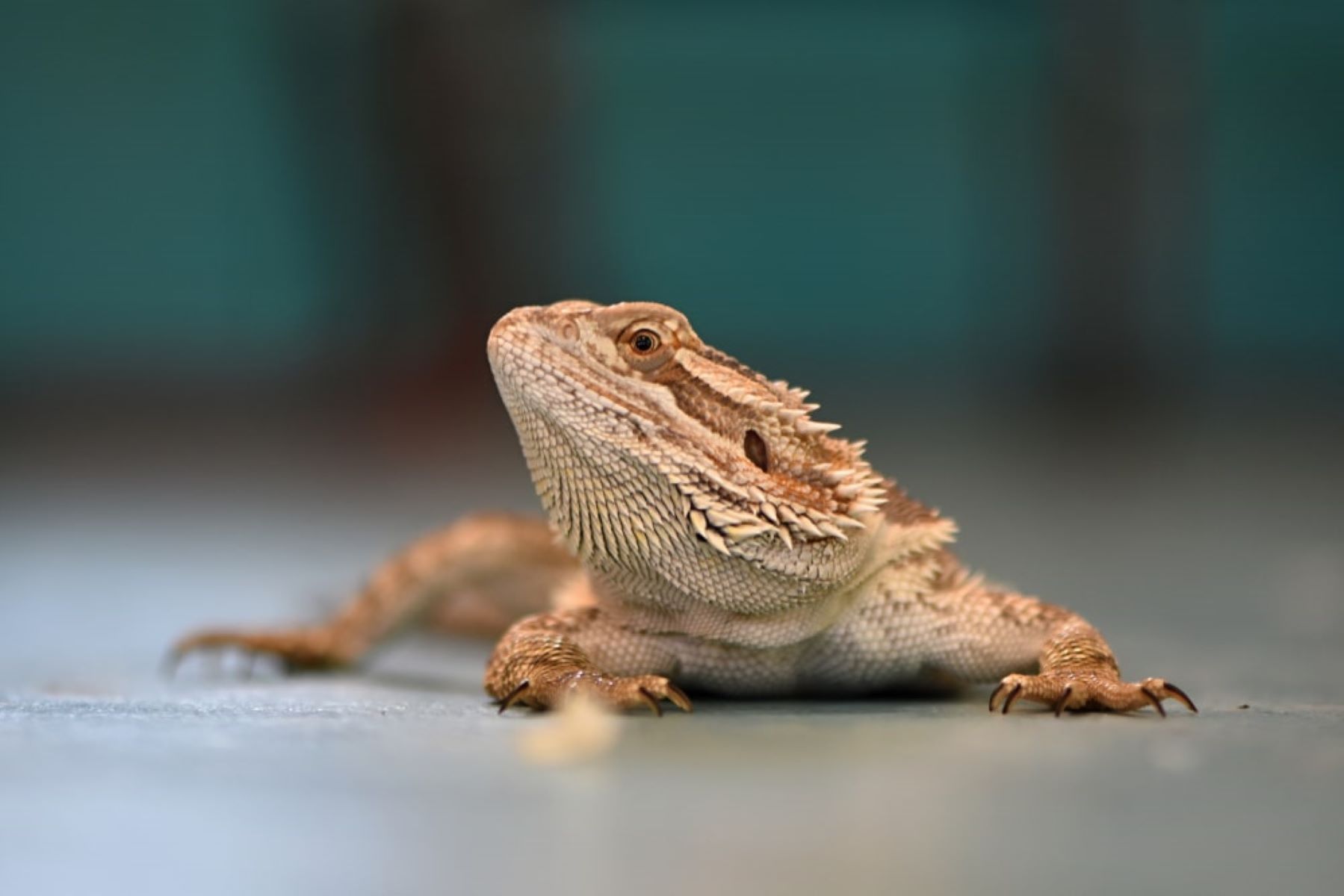

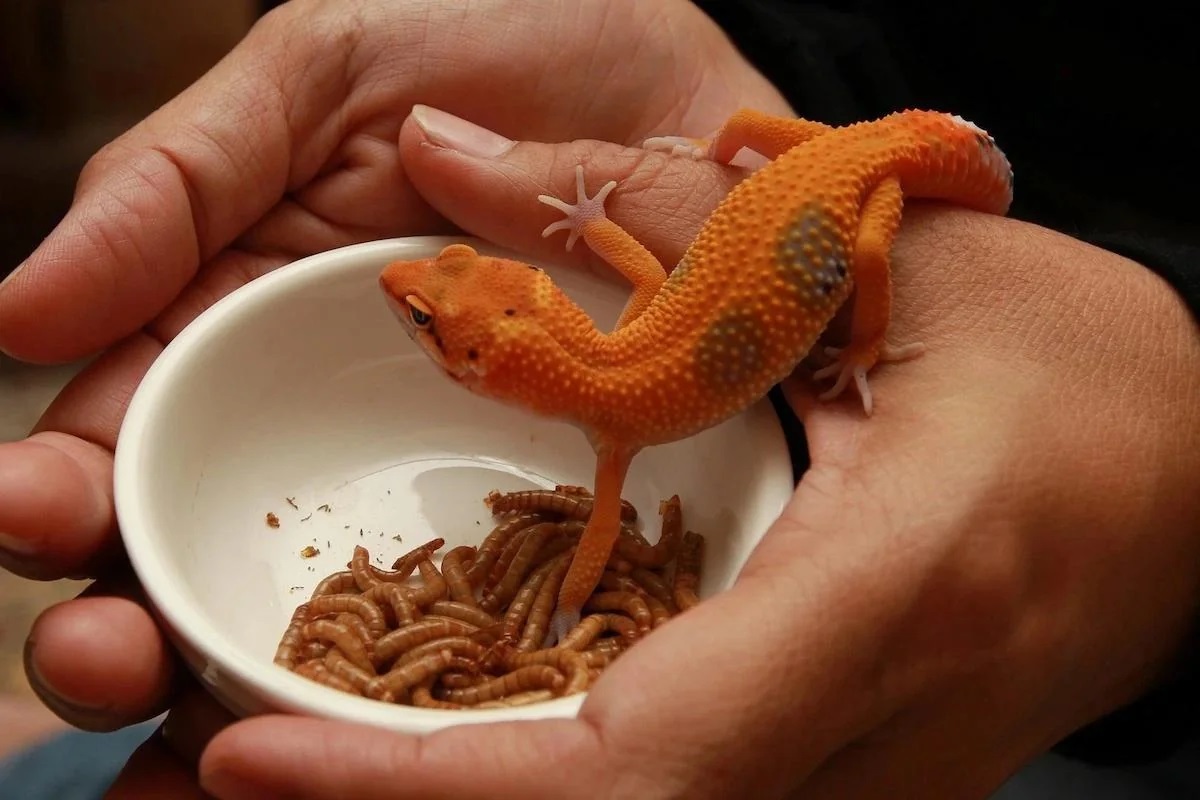
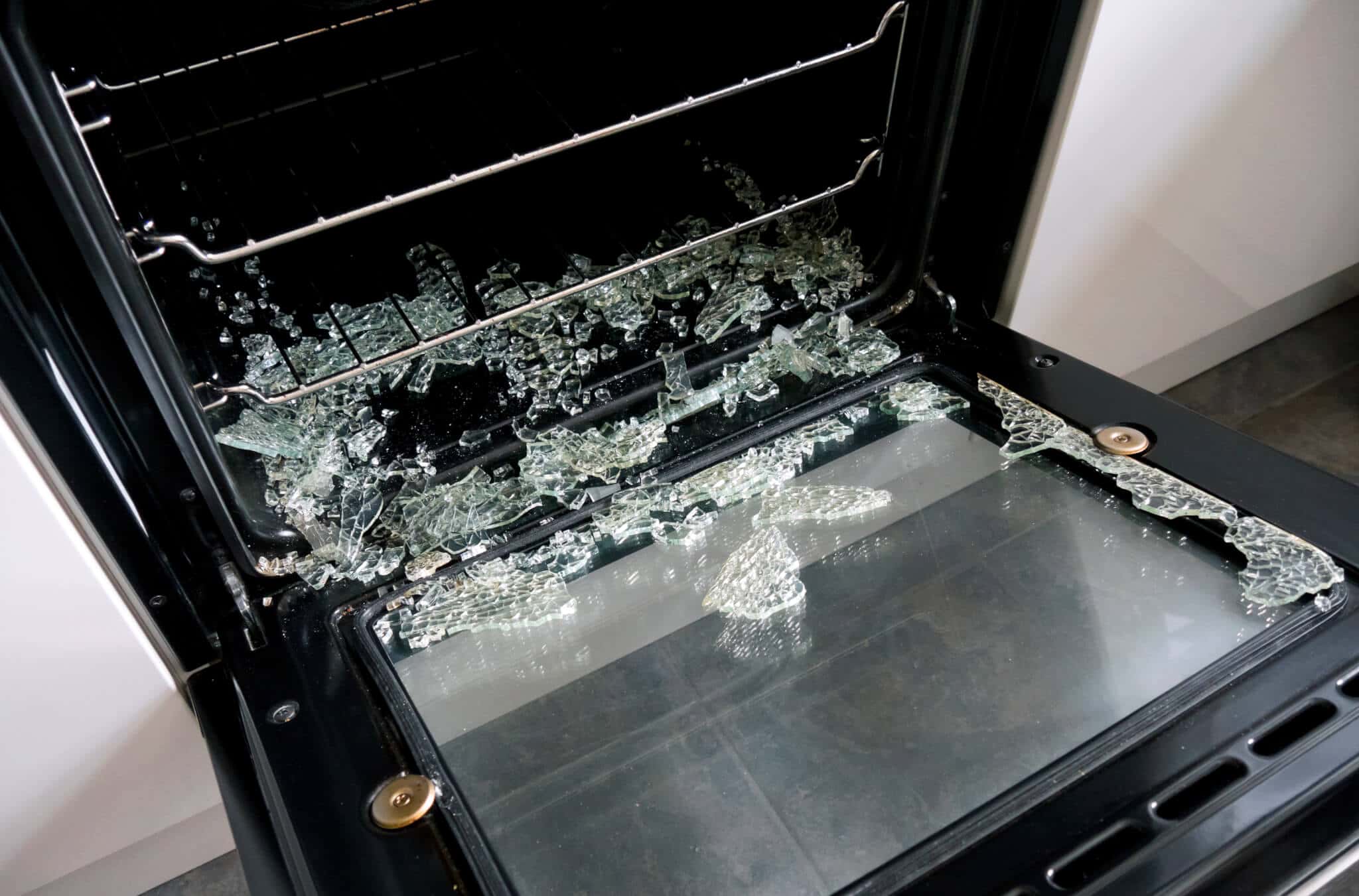
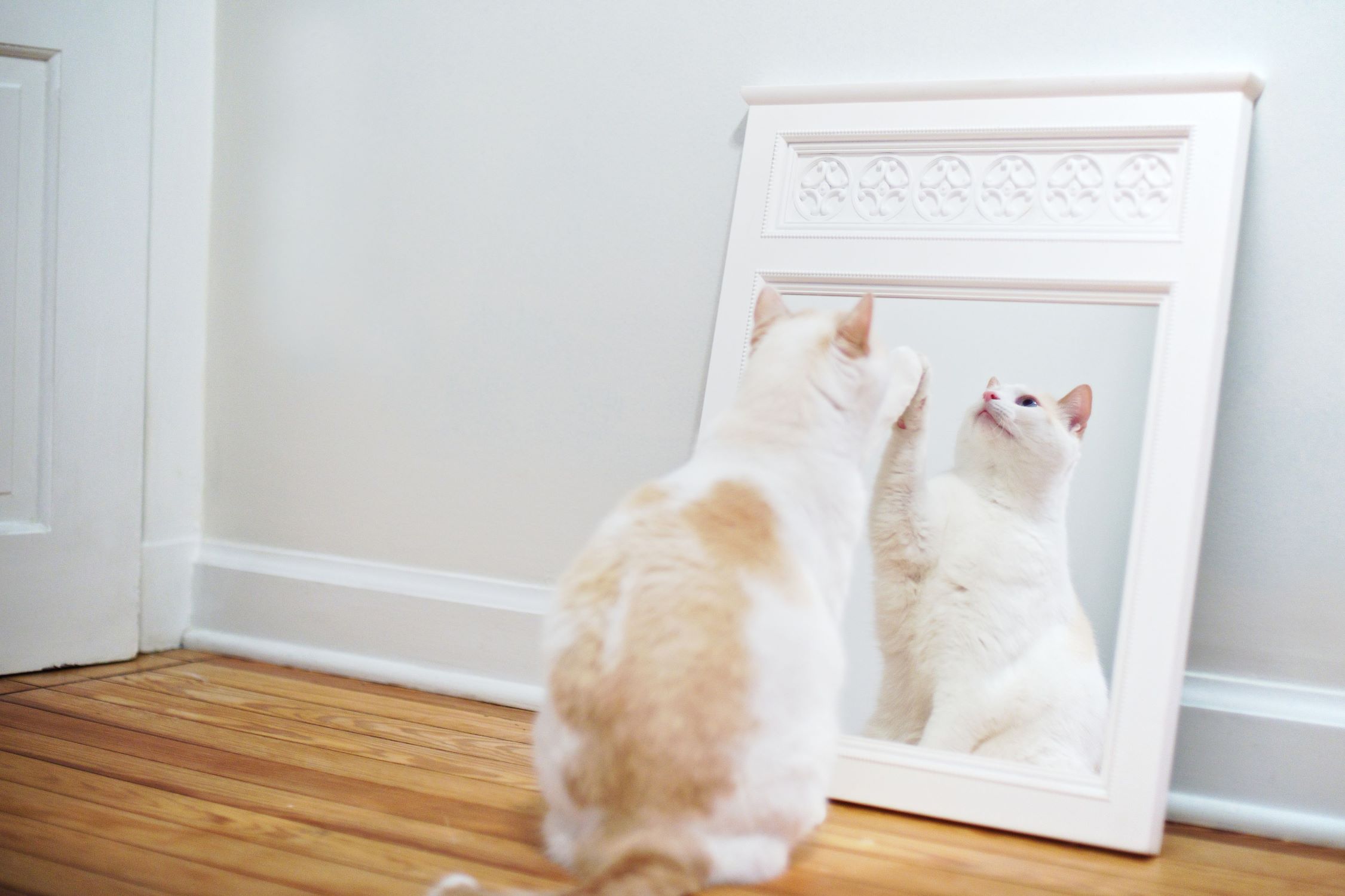
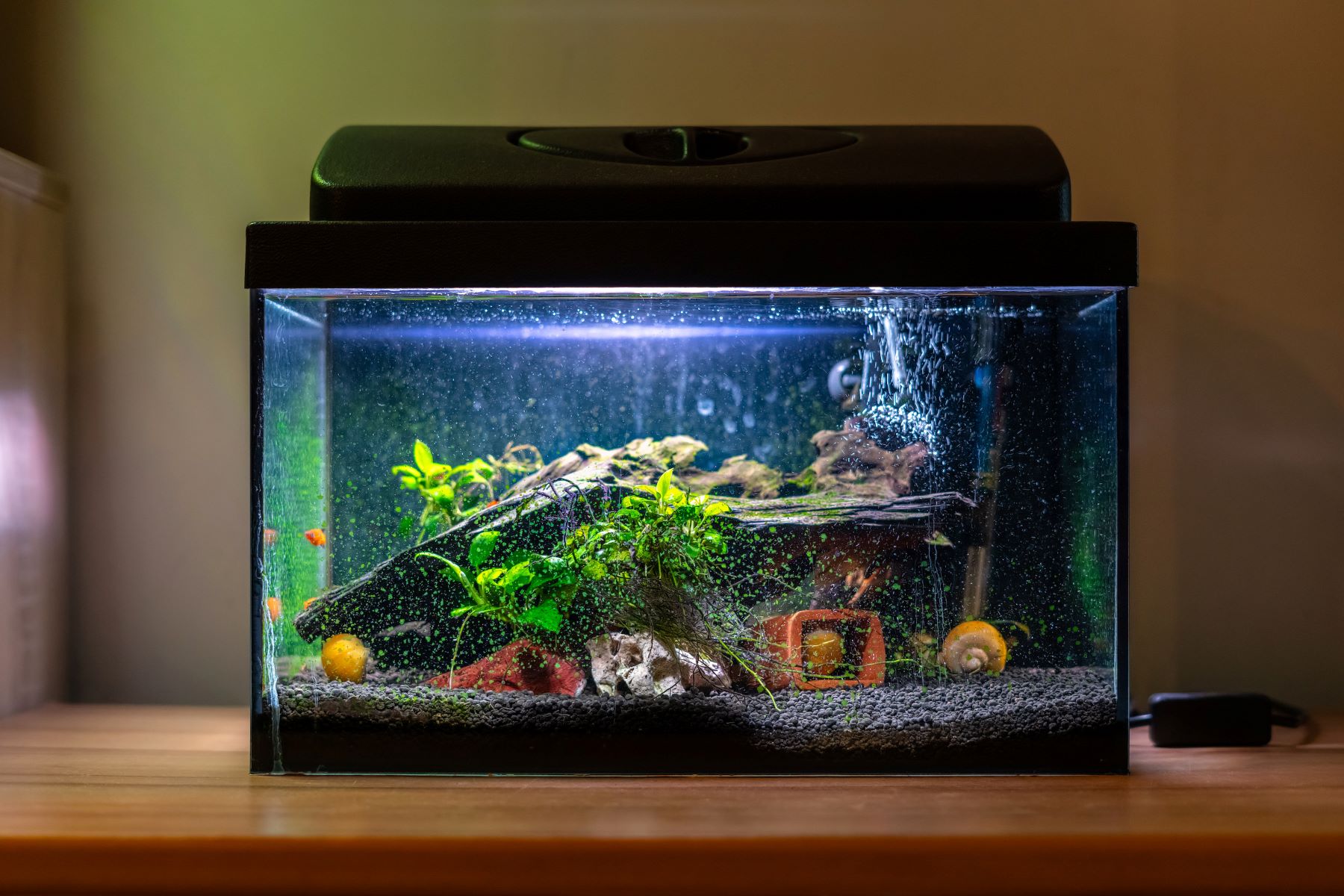


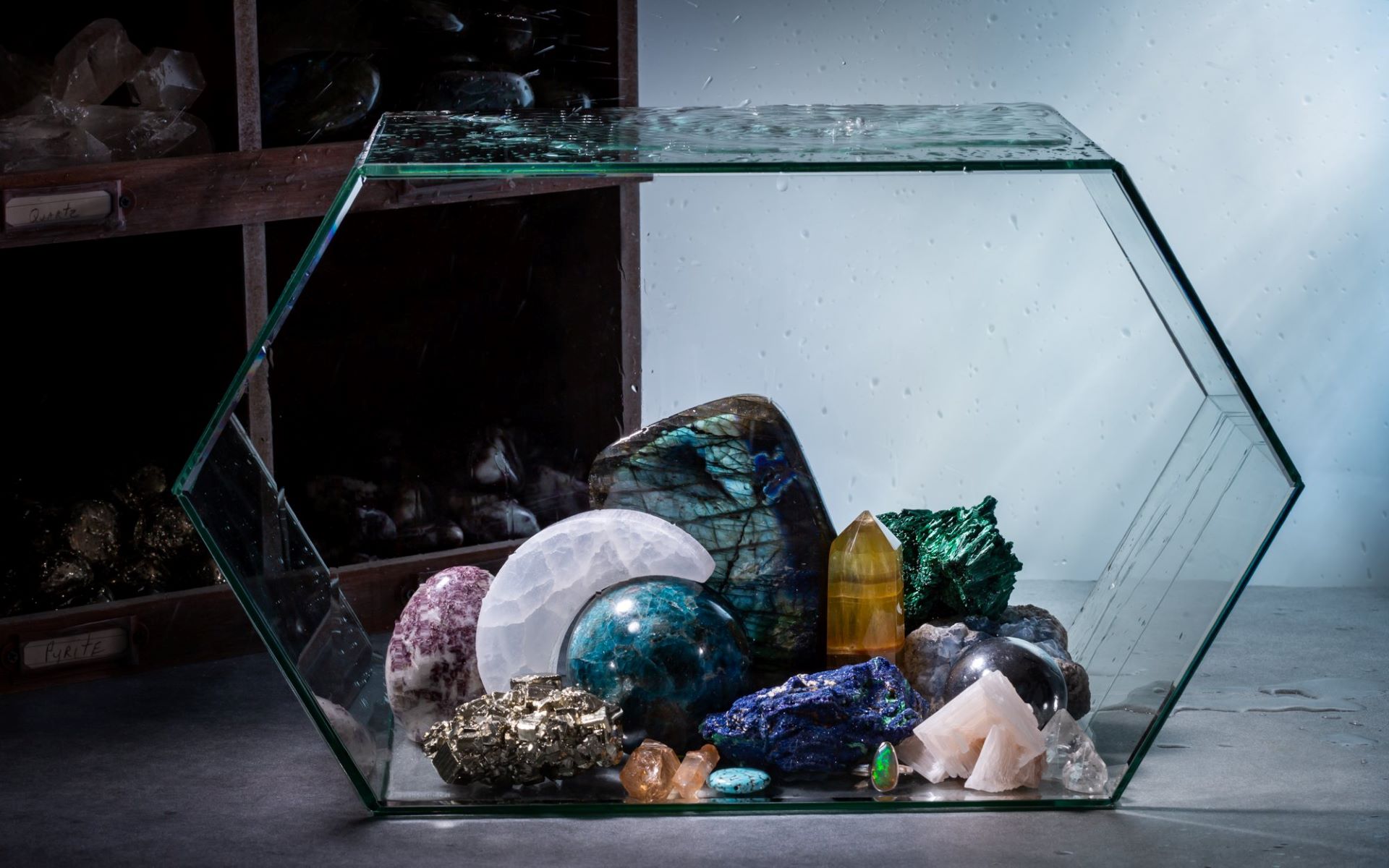


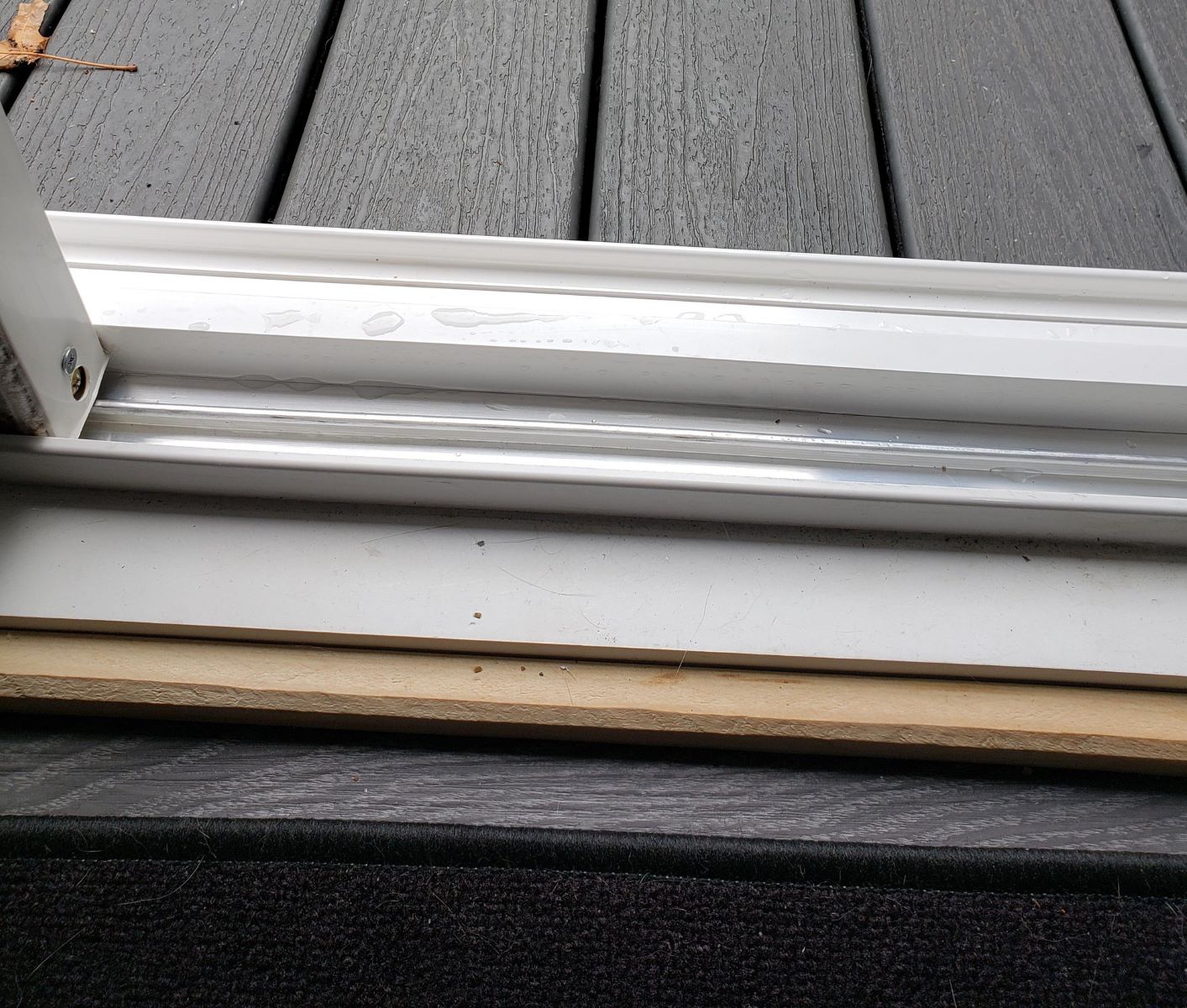
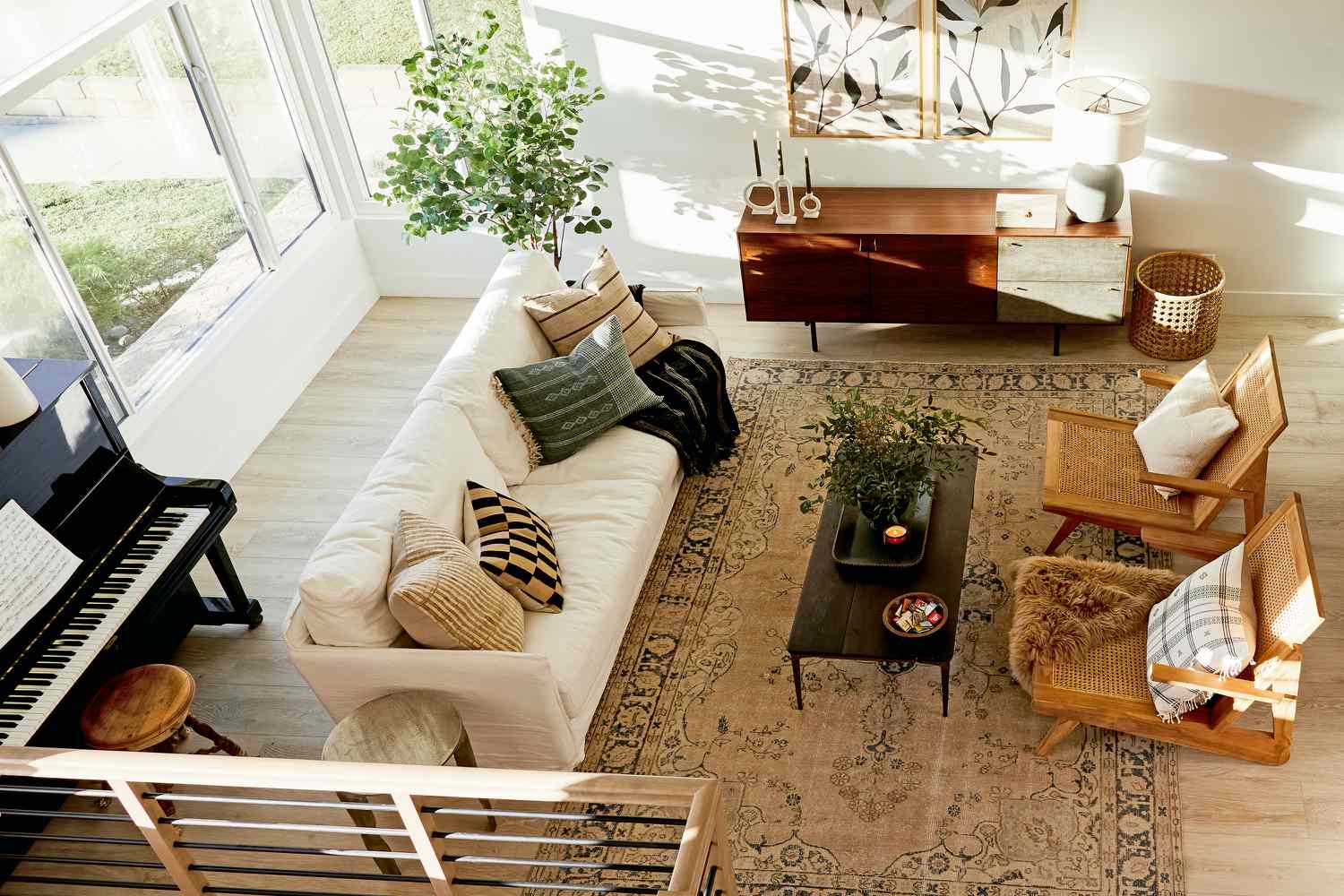


0 thoughts on “Why Is My Gecko Trying To Climb The Glass”